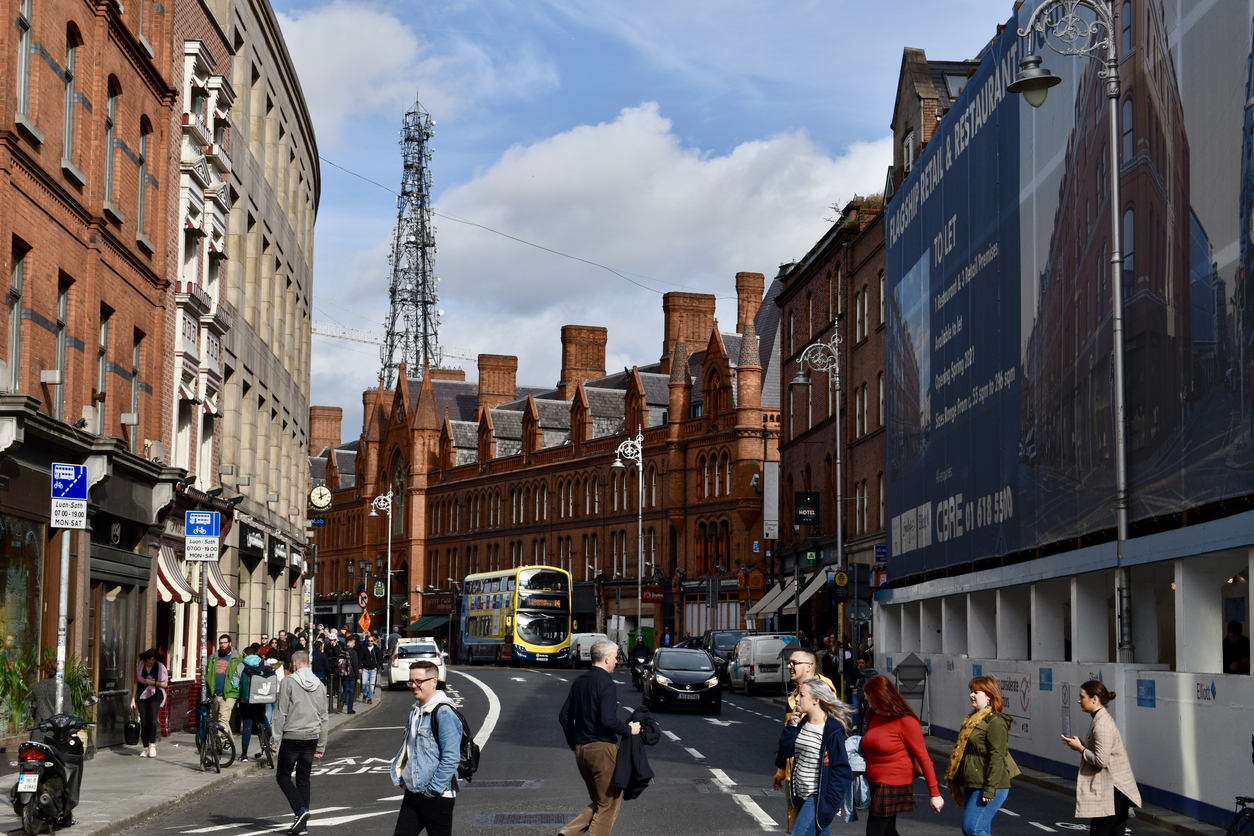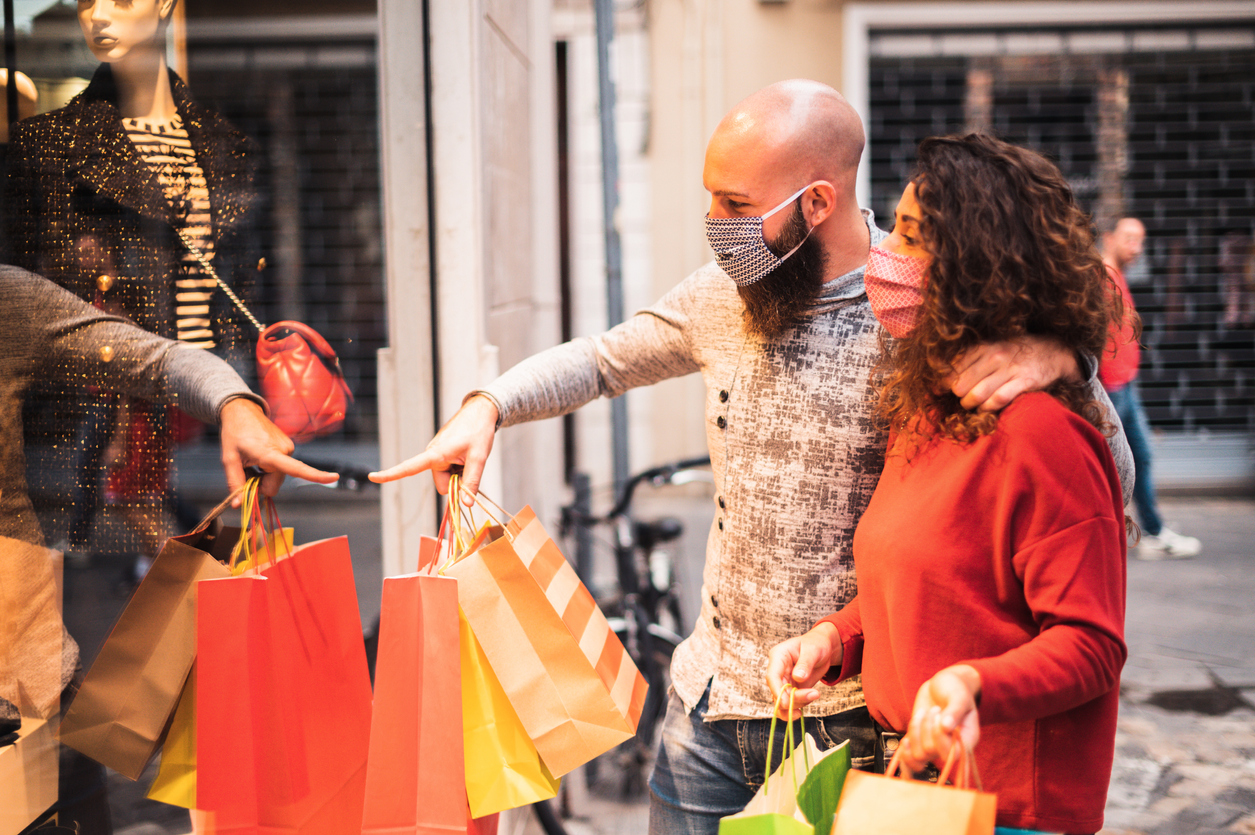The shoppers filled their digital and physical carts and made record-breaking purchases during the 2020 holiday shopping weekend (Black Friday-Cyber Monday). The data and trends from the weekend often set the forecast for the holiday shopping season. Just as everything has been in 2020, there were some unprecedented behaviors with consumers and spending, many which bring unique advantages and opportunities for brick and mortar and independent retailers.
Since 2016, online Black Friday sales have increased over $1 billion year to year. Despite a global pandemic, this stayed true in 2020. Preliminary numbers from Adobe Analytics show that Black Friday sales reached an all-time high in the U.S., with consumers spending $9 billion. This is a 21.6% increase from last year.
A PWC survey in the UK found that retailers were unlikely to attract any new shoppers to join the black Friday experience this year, whether online or in person, if they were not previously interested.
Many independent retailers and small businesses saw gains in the ecommerce space this year. Shopify, a global commerce company that primarily serves small and independent brands, saw sales increase from $2.9+ billion in 2019 to $5.1+ billion in for the 2020 holiday shopping weekend. They estimate that 44+ million consumers globally purchased from independent and direct-to-consumer brands powered by their solutions, a 50 percent jump from 2019.
According to Shopify, the top-selling cities over the shopping weekend were New York, Los Angeles, and London. The US, UK and Canada were amongst the top-selling countries worldwide.
Japan (347%), Italy (211%), Germany (189%), and UK (122%) saw the most growth on their platforms since last year showing a strong demand for choice and a desire for boutique products.
 As expected, the pandemic also disrupted in-person shopping in the U.S. on Black Friday. Traffic to physical stores plummeted as retailers tried to prevent crowds by cutting their hours and limiting doorbuster deals. U.S. store visits dropped by 52% on Black Friday, and 49% for the weekend, according to Sensormatic Solutions, a retail tracker.
As expected, the pandemic also disrupted in-person shopping in the U.S. on Black Friday. Traffic to physical stores plummeted as retailers tried to prevent crowds by cutting their hours and limiting doorbuster deals. U.S. store visits dropped by 52% on Black Friday, and 49% for the weekend, according to Sensormatic Solutions, a retail tracker.
Although COVID-19 has undoubtedly impacted traffic in physical stores, data is suggesting that shoppers now have more flexibility to visit physical stores on weekdays because of their ability to work from home. This gives retailers unique opportunities to capitalize on in-store visits and maintain consistency in inventory and store management.
Those who do shop in person are doing so with more purpose than before. RetailNext reported that although traffic was down in brick and mortar stores nearly 50% for the 2020 holiday shopping weekend, revenues in brick and mortar stores were down only 24 percent because of increased conversion and transaction value.
If the Black Friday crowd couldn’t shop in person, they were more likely to shop online on Black Friday rather than wait for a cyber Monday deal. Online sales grew 21.6 percent on black Friday, and 15 percent on Cyber Monday.
 In terms of footfall, non-mall stores fared slightly better than mall stores, but not by much. RetailNext observed a gap of only 3 percentage points in the declining traffic. Non-mall stores saw in-person traffic decline by 41% and that of mall stores by 44% YoY. There was speculation that shopping malls would see a larger decline than outdoor shopping centers and high streets due to COVID concerns. The difference however is nominal.
In terms of footfall, non-mall stores fared slightly better than mall stores, but not by much. RetailNext observed a gap of only 3 percentage points in the declining traffic. Non-mall stores saw in-person traffic decline by 41% and that of mall stores by 44% YoY. There was speculation that shopping malls would see a larger decline than outdoor shopping centers and high streets due to COVID concerns. The difference however is nominal.
From the preliminary data, there were few limiting factors on actual spending despite economic conditions. What will be more telling about the future of retail than Black Friday, is how stores perform in the weeks leading up to Christmas given that shopping behavior has evolved.
While the majority of shoppers went online, the enthusiasm for black Friday and an in-store experience still exists, as demonstrated by the increased spend per visitor instore. This highlights what we already know about how retail is evolving – The in-store experience is key, not only to get visitors to spend there and then, but also to work in tandem with their ecommerce operations and maximize their market share.